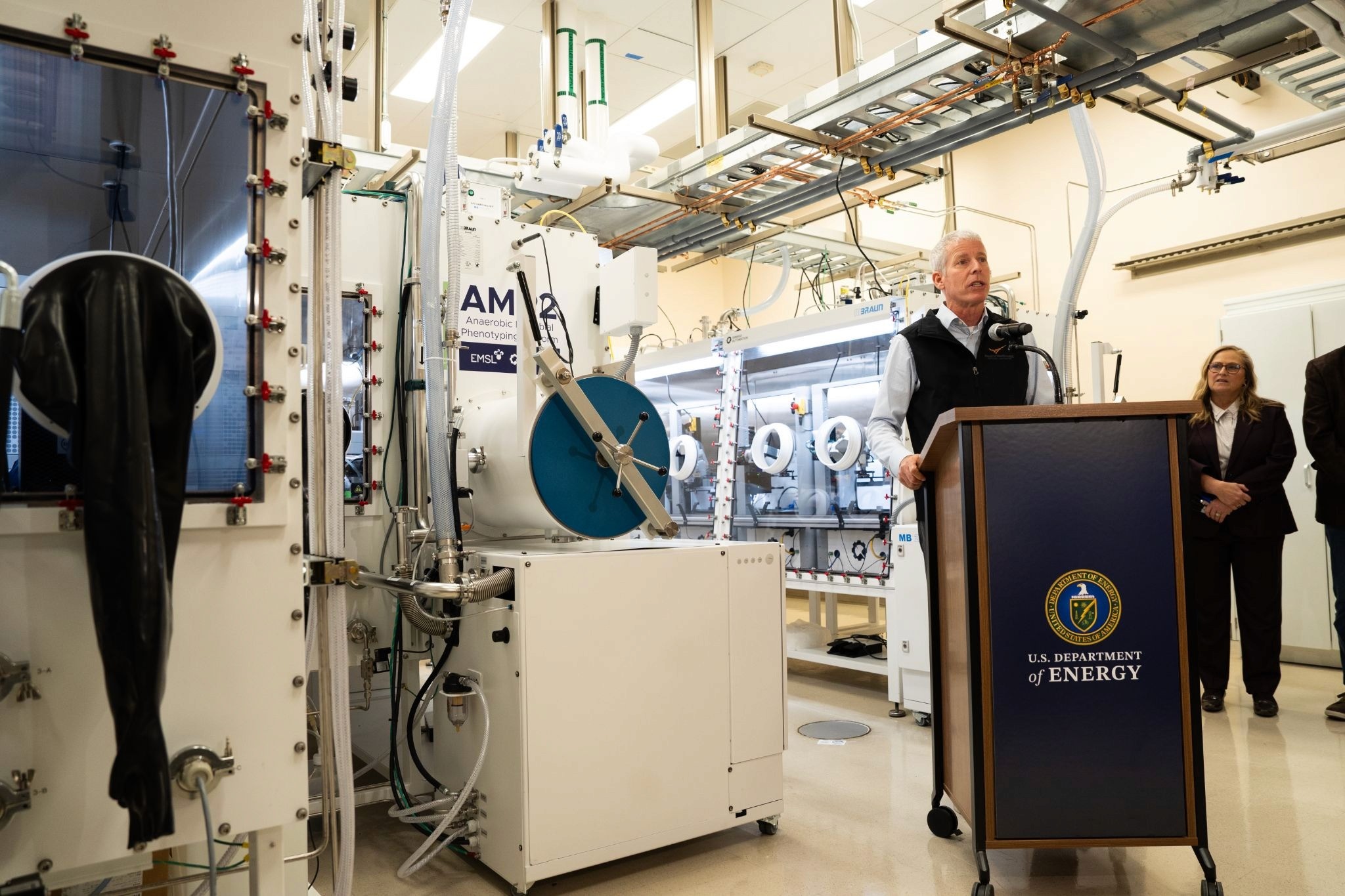Engineered Human Therapies
Detailed Single-Cell Analysis of Xenotransplanted Pig Hearts and Kidneys Into Humans
Two groundbreaking studies from NYU Grossman School of Medicine detail the immune responses at the cellular level in the world's first pig organ transplants into humans
May 28, 2024
[DALL-E]
In a groundbreaking leap for medical science, the surgical teams at NYU Langone Health performed the world’s first genetically modified pig kidney transplants into a human body in September and November 2021. By the summer of 2022, they had transplanted two pig hearts. These procedures, conducted on patients declared brain dead and maintained on ventilators with the consent of their families, marked a historic milestone. This April, NYU Langone advanced further, successfully transplanting a pig kidney into a living patient.
Two recent analyses, one published recently in Nature Medicine and the other in Med, have provided a granular view of the changes occurring at the single-cell level in the organs and recipients’ bodies before, during, and after these xenotransplantation surgeries. Scientists meticulously worked alongside surgeons, collecting blood and tissue samples to analyze tens of thousands of cells.
The Med paper, helmed by researchers at NYU Grossman School of Medicine and the Broad Institute of MIT and Harvard, delved into the genetic and cellular activities within the transplanted pig kidneys. These were compared against non-transplanted pig kidney samples. Employing techniques like single-cell RNA sequencing, the team deciphered the sequence of molecular letters forming the active pig and human genes in various cell types during the procedures.
The findings revealed that while the transplanted pig kidneys were not immediately rejected by the human bodies—thanks to immunosuppressive medications—they did trigger a robust response from human peripheral blood mononuclear cells (PBMCs). These immune cells, which typically fend off foreign invaders like viruses, mounted a reaction to the transplanted organs. Though outright rejection was avoided, subtle reactions surfaced, hinting at potential long-term issues for xenotransplants.
Specifically, the pig kidneys incited “antibody-mediated rejection” at the molecular level. This process involves the body developing antibodies against the transplanted organ, which then summon natural killer cells, macrophages, and T cells to attack it. Additionally, the research noted increased activity of tissue repair mechanisms in the pig kidneys, with certain cells multiplying as part of the healing process—a phenomenon that, if unchecked, could potentially lead to cancerous growths.
“We have detailed the cellular mechanisms that dictate how human immune cells react to a xenotransplant in the short term,” remarked Jef Boeke, PhD, a co-senior author on both studies and director of the Institute for System Genetics at NYU Grossman School of Medicine. “These results give us new insights into how we might further engineer pig organs for transplant or tailor immunosuppression treatments to improve tolerance of a foreign organ.”
The researchers tracked interactions between the pig kidneys and the human system multiple times daily, discovering that pig immune cells initiated the response immediately post-transplant. However, by 48 hours, human immune cells had infiltrated the pig organs, dominating the immune signaling. Understanding this initial immune attack by pig cells will inform strategies to prevent irreversible damage to xenotransplants.
Meanwhile, the Nature Medicine paper presented a “multiomics” analysis of pig hearts and surrounding human cells in the brain-dead recipients. This included comprehensive assessments every six hours post-transplant, covering gene activity (transcriptomics), proteins (proteomics), lipids, and metabolites. The study uncovered rapid, substantial increases in specific cell types in the recipients of pig hearts.
In one decedent, activated T cells and natural killer (NK) cells surged from about one percent of the PBMC population 30 hours post-transplant to over 20 percent by 66 hours. This intense immune reaction, termed perioperative cardiac xenograft dysfunction (PCXD), involved damaging inflammation and misguided tissue remodeling efforts that compromised organ function.
The poorer outcomes for this decedent were partly attributed to the smaller-than-anticipated heart size, necessitating an additional procedure that likely prolonged ischemia—an oxygen deprivation period known to exacerbate immune reactions upon reperfusion. The team observed that PCXD-related immune responses worsened in the presence of such an injury.
“This study demonstrated that multiomics can be used to reveal a broad picture of what is happening in the recipient of a xenograft,” said Brendan Keating, PhD, a co-senior author on both studies and a faculty member in the Department of Surgery at NYU Grossman School of Medicine. “The team that did the xenotransplant had several theories about why the first decedent was having more issues, but multiomics helped to define the complications and may be used to counter them moving forward.”


















